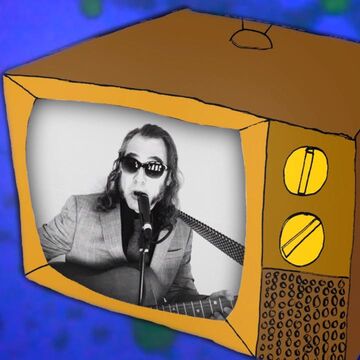

Thomas Comerford
Associate Professor, Adjunct
Contact
Bio
Education: BA, 1992, Hamilton College; MFA, 1999, University of Iowa. Exhibitions: Anthology Film Archives; Hideout; Three Walls/ACRETV; Chicago Humanities Festival; Echo Park Film Center; Punto de Vista, Spain; Union Docs, Brooklyn; London Film Festival; Locarno Film Festival; Pacific Film Archive. Filmography: Bathers (in-progress); The Indian Boundary Line (2010). Discography: Introverts (2021); Blood Moon (2018); II (2014). Biblio